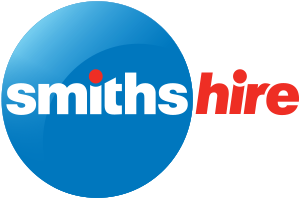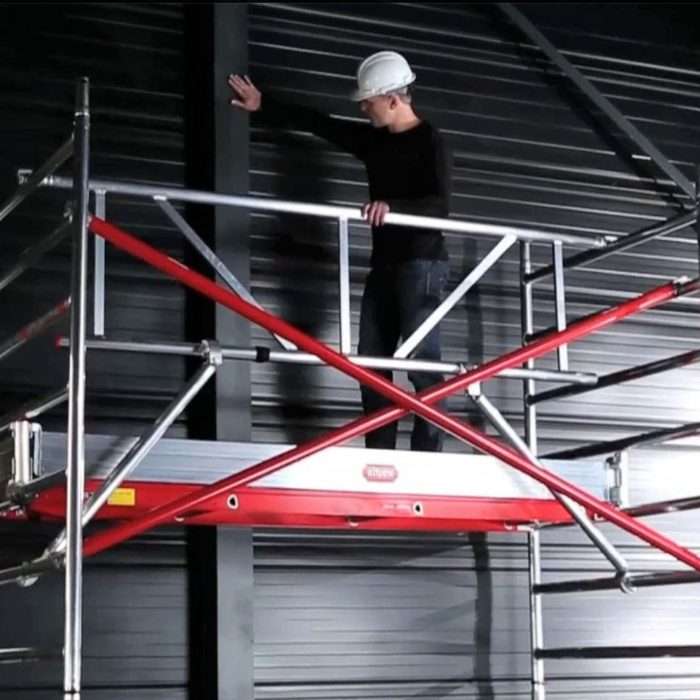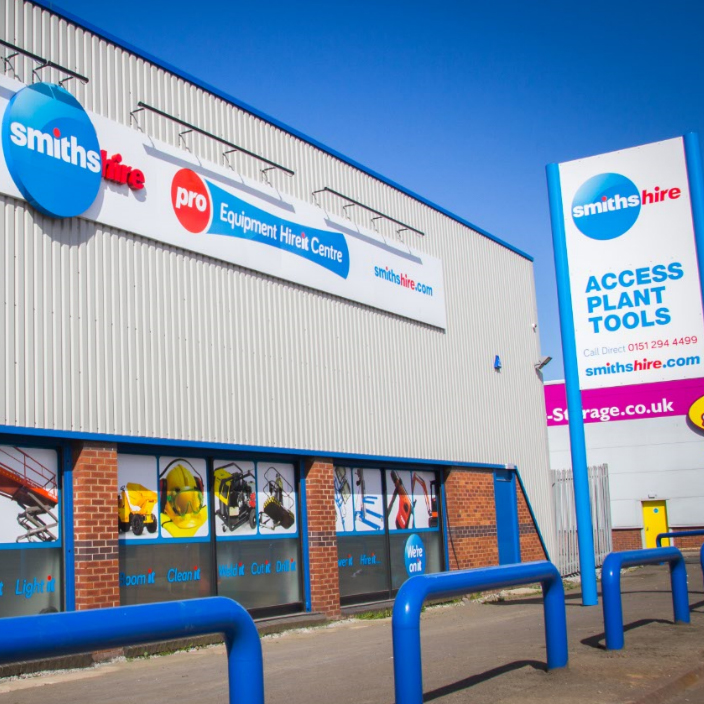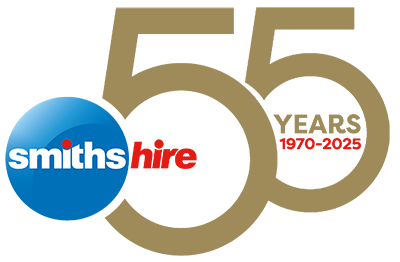Here at Smiths Hire, we are able to identify the right tool hire and equipment for you to work safely at height when space is tight. Let’s take a look at some major concerns as well as a host of points to address in order to avoid potentially serious incidents onsite.
Another Form of Working at Heights
When many contractors think of working at height, they will most likely list tasks such as installing signage within a carpark, changing traffic lights, fixing street lighting or replacing a roof. However, there are many scenarios which will require contractors to work in challenging internal spaces. Some examples of working at height in tight spaces include:
- Repairing an HVAC system.
- Installing overhead lights within the showroom.
- Painting the landing/stairway of a home.
The chances of an accidental slip or fall are just as real and in some situations, increased. This is why it is vital to embrace the correct techniques as well as hiring the appropriate equipment such as a narrow scaffolding tower to avoid such issues. How can you address safety at height while still retaining a sense of efficiency?
When Ladders Might Not Be Enough
Ladders are one of the more common tools that are used when working at heights within cramped spaces. While extension ladders and a-frame variants will often come in handy, there are other scenarios that will require the dedicated use of more sturdy and durable structures. For instance, a long narrow scaffolding tower can be utilised when dealing with challenging heights and a limited amount of floor space. Not only will these accommodate concerns when performing overhead tasks, but their extra level of stability will ensure that workers will remain safe at all times whilst completing projects.
Working at Height in Tight Spaces: Factors to Address
It needs to be mentioned that choosing the appropriate machine for the task at hand is a concern which must be taken seriously. This is even more relevant when referring to indoor environments, as the weight and turning radius of the unit in question need to be taken into account due to the limited working space. Machines which are too heavy could cause structural damage while those with a large turning radius might not be able to manoeuvre within tight locations.
When only moderate heights are required, compact push-around vehicles (PAVs) could represent the ideal solution. However, it should nonetheless be noted that they may present problems when dealing with gradients due to their weight. Control is, therefore, a concern, so always read the operator’s manual in order to determine the associated safety parameters.
In the event that you require a higher reach (above 15 metres), specific machines have been engineered to address such environments without compromising safety. Two examples which are offered by Smiths Hire include the Hinowa 15-Metre Aerial lift and the Niftylift 170HPE with a working height of up to 17.1 metres. These mobile elevated working platforms are equipped with telescopic masts, so they can also be ideal when negotiating corners and overhangs. Additional features such as sturdy guard rails and built-in attachments for harnesses will ensure that working at height in tight spaces and safety enjoy a hand-in-hand relationship.
Additional Guidelines and Suggestions
There is no doubt that choosing the correct mobile elevated working platform is essential. However, responsibility plays just as much of an important role. Regardless of whether you are working at height in tight spaces or not the use of PPE (personal protective equipment) needs to still be addressed. Some of the equipment that might be required can include:
- Flexible safety harnesses.
- Hard hats and gloves.
- Boots with the proper grip.
- Eye and ear protection.
Here at Smiths Hire, we also like to promote the “two-man” rule whenever possible. This helps to reduce the chances of an accident and if a slip or fall does occur, help can be quickly found and notified.
Regardless of whether or not you are working at height in tight spaces, having the right equipment can help eliminate the risk of accidents and injuries. Here at Smiths Hire, we like to make tool and plant hire easy. Our experts are on hand to help identify which Access equipment is right for your project, we have you covered.

 SPEAK TO US
SPEAK TO US



